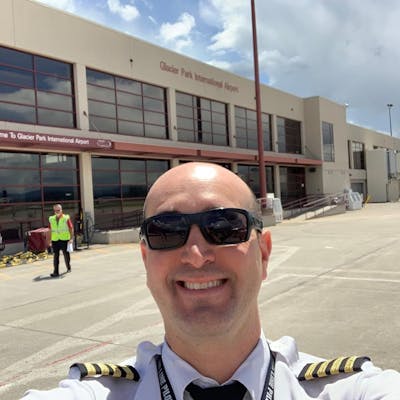Enhanced Black Box for Safer Flying by Armando Poeta
Armando Poeta’s Suggestion for a Safer Future of Flying
Flying has become safer over the years, with the number of accidents and fatalities reducing progressively. Statistics show a variety of reasons for aviation accidents with human errors coming top of the list. The actual causes for the accidents are generally multiple and can only be precisely understood once the parts of the aircraft, especially the black boxes are collected. With his years of experience in the industry, Armando Poeta believes that there is a need for advanced technology to prevent or reduce aircraft accidents, and investigate them when they do occur.
Current Technologies
Currently, modern aircrafts use a device to investigate crash accidents, which is made of two components: the Flight Data Recorder (FDR) and the Cockpit Voice Recorder (CVR) generally known as a black box.
In order to provide data for a crash investigation, the black box must be recovered from the aircraft and analyzed. However, recent accidents have proven the limits of this technology.
Armando Poeta recounts the example of the Malaysia Flight MH 370 involving a Boeing 777 that crashed into the ocean. Despite weeks of search, neither the flight nor the black box was ever recovered—leaving us with no information regarding the cause. Similarly, the more recent China Eastern 737 crash would have benefited from a new technology that can be easily implemented.
Improving for the Future
Armando Poeta believes that the current black box can be upgraded using some current technologies. An enhanced black box that can overcome these limitations should have the following features:
Real-time data transmission
Detachable and floating qualities.
Firstly, the plane would simply transmit data via satellite to a dedicated ground station, regarding basic information such as position, altitude, speed, and rate of climb and descent. Armando Poeta thinks that the black box can further be programmed to release more information, such as the last 30 seconds of the cockpit voice recorder, engine data, throttle setting, flight controls position, aircraft configuration, etc., in a situation of possible threat (for example in the case of a plane exceeding a certain number of Gs or rate of descent).
With that information, investigators will have better tools to identify the possibility of a crash and the location of the plane for either search and rescue or recovery operations. This possibility of transmitting data to a ground station is already available today but is an option that a customer may need to buy. Instead, offering this feature to a dedicated team may help monitor the path of every plane and identify problems as soon as they occur, according to Armando Poeta. It can help the crew deal with an unusual situation before it becomes a major problem.
This feature would have been valuable to get better information sooner in the two crashes mentioned by Armando Poeta above. In the case of MH 370 in particular, the plane might have been located and intercepted after going off route for a long time before it lost contact.
The second feature to enhance a black box according to Armando Poeta would involve ejecting the black box in case of a water crash. In such an event, the black box is usually either lost forever, or may be unusable, like in the event of the Chinese crash. But Armando Poeta believes the black box can be ejected and put on a floating device with an antenna that transmits a signal to a dedicated station. This would help identify the location of the black box and the wreckage of the plane nearby.
Armando Poeta says that implementing these two features together or individually can give airlines company a better tool to analyze the root cause of an accident to avoid it in the future. Companies like Airbus have been working on similar technologies which will be essential in forming the future of safe aviation.

